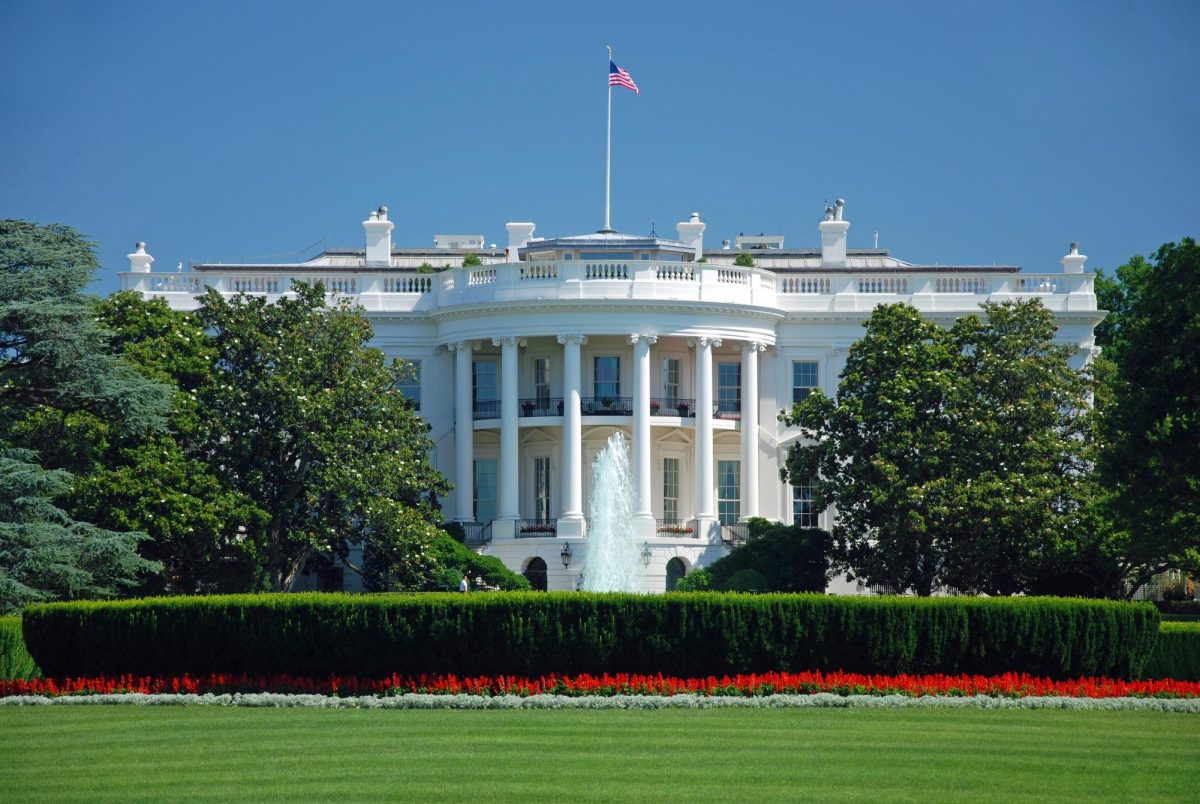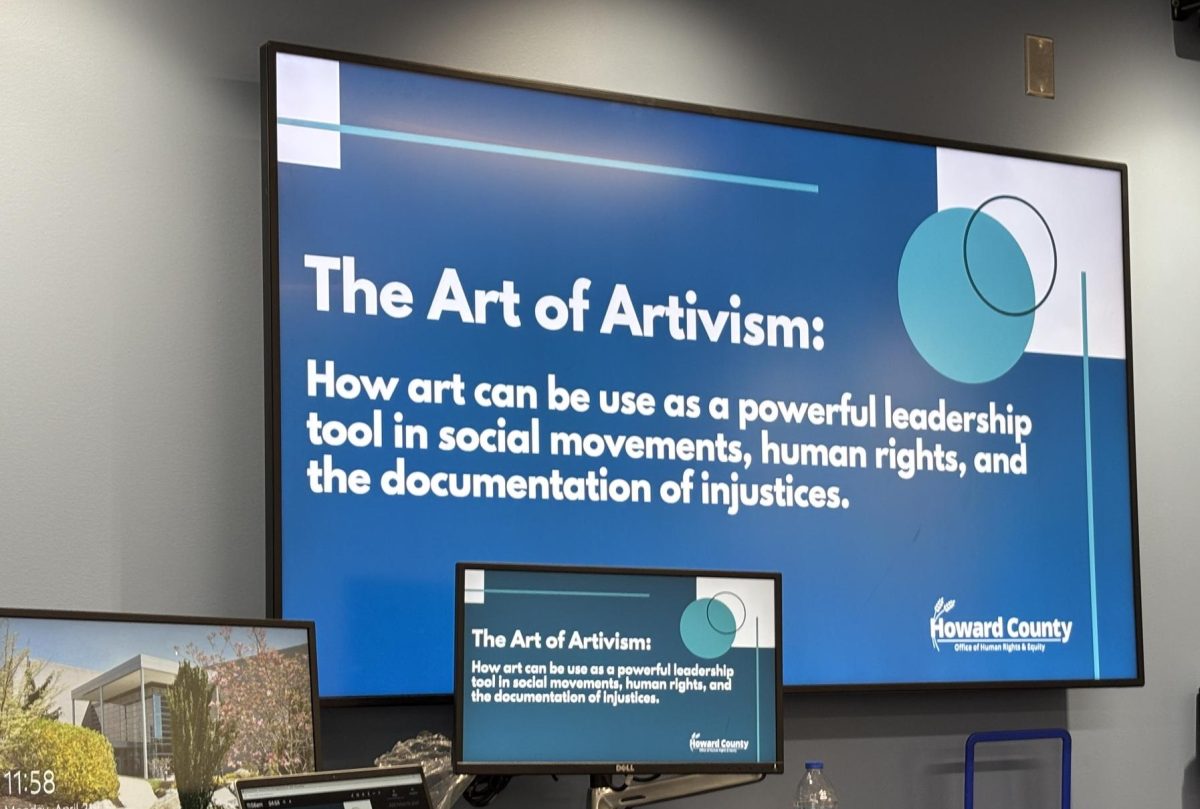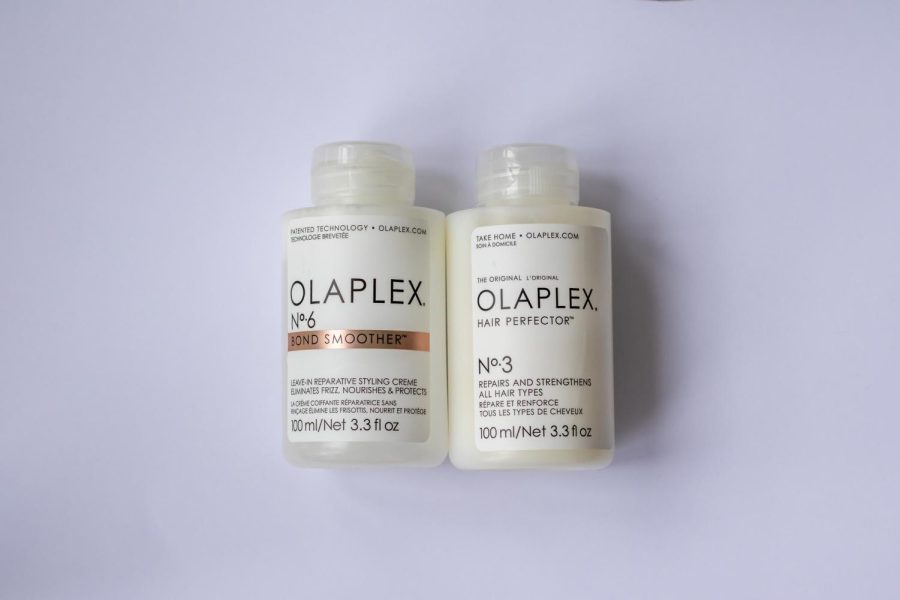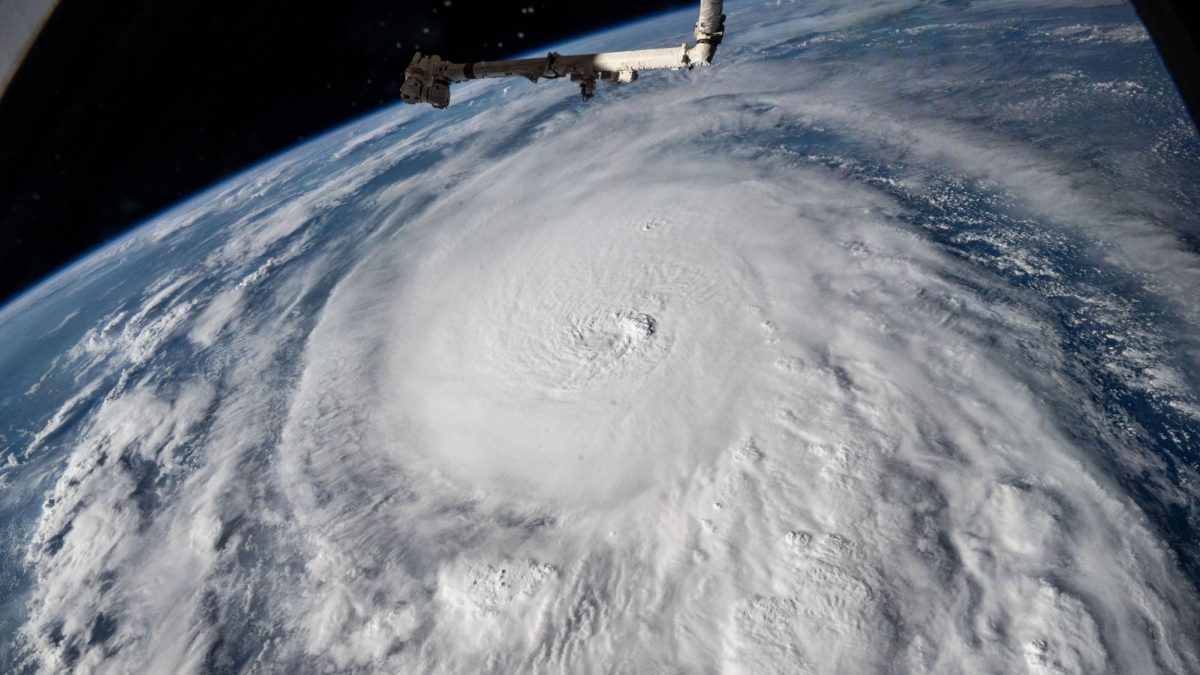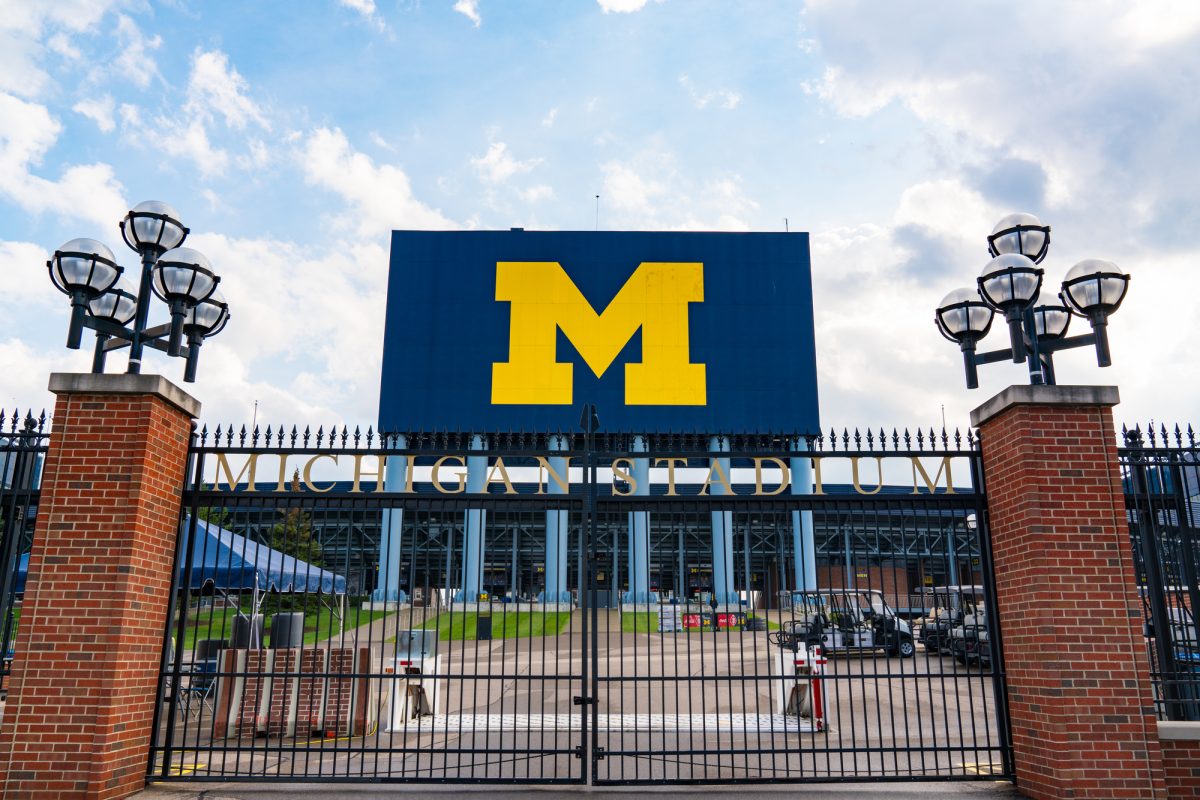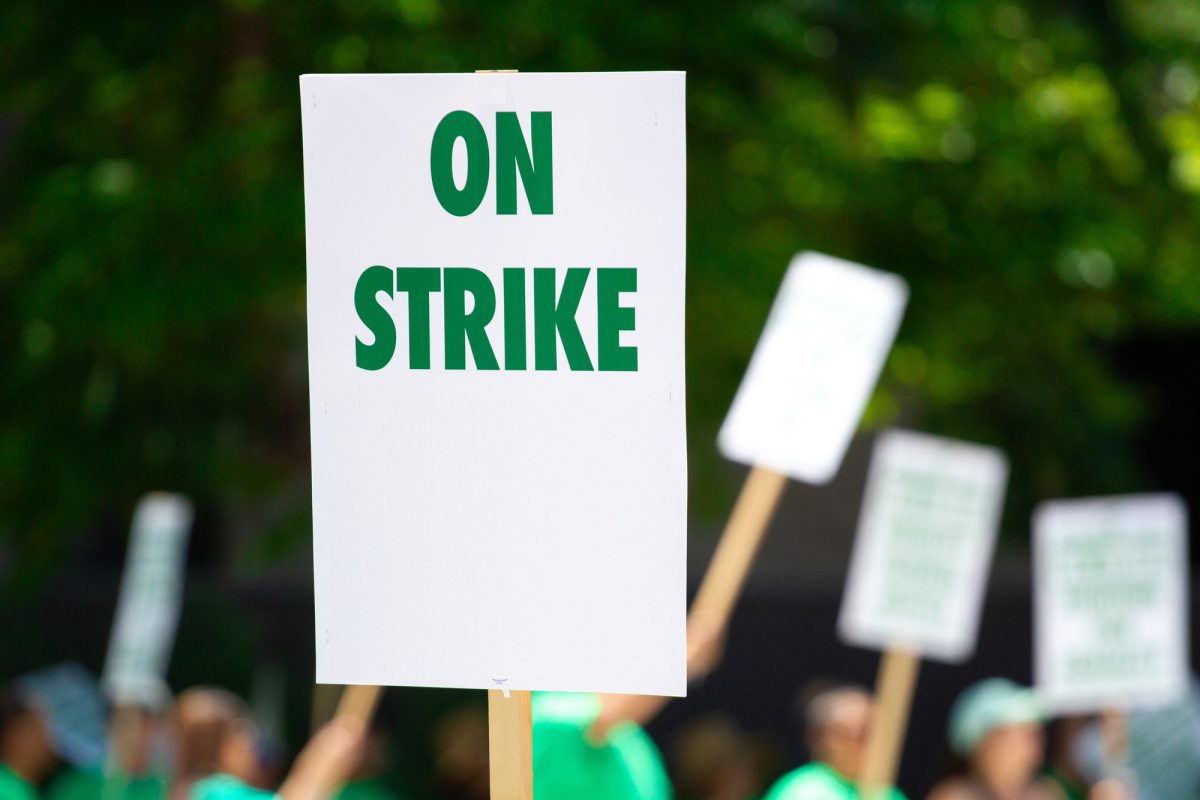If you were to bet your life savings on a coin toss, you wouldn’t be as stressed out as the average voter in the upcoming U.S. elections. From legacy media outlets to opinionated boomers on Facebook, the prevailing sentiment is that this election is a fight for the soul of America. For many demographics, the stakes are nothing less than life or death, and their fear and anxiety are rooted in legitimate concerns. With rampant misinformation and social media hot takes only fueling confusion, the tension is impossible to ignore, especially with the shadow of January 6th still fresh in public memory. Clearly the stakes are high. Election day is around the corner, it’s only fitting to recap a historical campaign season and outline the views and policies of the two candidates: Former President Donald J. Trump, and current Vice President Kamala D. Harris.
With the election fast approaching, it’s like the nation’s holding its breath in a period marked by social tensions that are off the charts. This election feels different – heavier – because the stakes stretch far beyond any regular political beef. For a lot of voters, this isn’t just about policy; it’s about values, identity, and no less, the future of the country. For students and young folks, it feels like a moment where the nation decides if it even cares about the next generation.
Over the past few months, political rhetoric has been cranked up to a fever pitch, with each side framing this election as a fight for the country’s core identity. And it’s not just talk; for a lot of people, that framing is reality. Concerns over potential violence, voter intimidation, or contested results are real — making it clear this isn’t just another election cycle. Different groups are coming into this election with vastly different stakes: older voters are stressing about healthcare reform and social security, while young voters are dialed in on civil rights, climate policy, and that looming mountain of student loans. Communities of color have turned their focus to issues surrounding police brutality and racial inequities with intensified determination, while blue-collar workers worry that pandemic-induced plant closures will ship their livelihoods overseas.

The economic aftershocks of the global health crisis continue to generate turbulence, as mounting inflation, unstable housing costs, and the looming specter of recession plague citizens with well-founded anxiety. Amid growing concerns, misinformation proliferates at a dizzying rate on social media platforms, while candidates leverage fearmongering tactics to further polarize an electorate searching desperately for solutions. With so many emotions running high and priorities split, it’s no wonder this election feels like a make-or-break moment for so many Americans. The divide isn’t just political — it’s cultural, generational, and deeply, deeply personal.
In one of the most heated and divisive elections in recent history, the two leading candidates took radically different approaches to win over voters. Former President Donald J. Trump and Vice President Kamala D. Harris are more than just representatives of their parties — they stand for two competing visions of America’s future. For Trump, this election is all about “restoring” what he calls the traditional values and strength of America. His campaign rallies revolve around national pride, economic recovery, and a return to what he calls “American greatness.” Despite his polarizing rhetoric, Trump’s supporters see him as a tough leader unafraid to stand up to the establishment.
Central to Trump’s platform is a push for deregulation and aggressive economic policies aimed at reviving American industries. He’s promising to roll back regulations he sees as stifling and get businesses booming again. In foreign policy, Trump sticks to the “America First” approach, pushing for tighter borders and less involvement in global conflicts. Trump also leans hard into social issues, rallying his base around gun rights, religious freedom, and a pushback against government mandates. He frames himself as a defender of these “fundamental freedoms,” playing on fears of government overreach and the erosion of traditional American values.
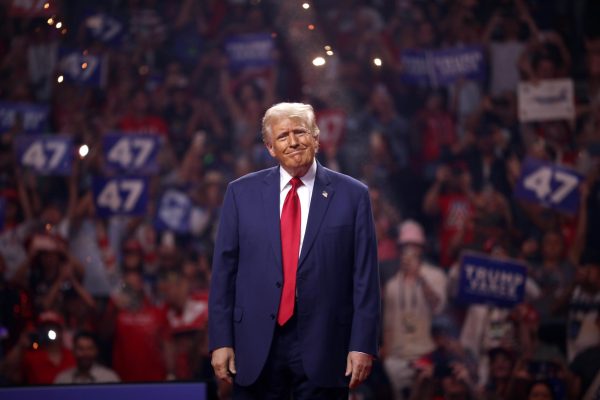
The way Trump speaks to his crowds of adoring supporters is one of his biggest strengths. He sticks to plain English, steering clear of the political polish most people expect from a leader. It’s almost like he’s just kicking it with some friends at the bar — jokes, off-the-cuff remarks, and all. He doesn’t bother with fancy language or overcomplicating things; instead, he relies on hyperbole to make his points land hard. Everything is the “best,” the “worst,” or “unbelievable,” and his crowd eats it up because it’s easy to grasp and sounds straight from the gut.
That laid-back, everyday style makes people feel like he’s one of them, not a distant political figure. He connects by sounding real, even when he exaggerates or throws in a joke at someone’s expense. It makes his rallies feel less like speeches and more like a rallying cry, as if he’s speaking for the people in the room, not just to them.
Trump often comes at Harris by painting her as a far-left progressive, pushing policies he calls radical and disconnected from everyday American values. He labels her vision as a slippery slope toward socialism, warning folks that her agenda means more government control and higher taxes. When it comes to healthcare, he’s quick to slam her support for expanding Medicare, framing it as a government takeover that’ll strip away choices and lead to bureaucratic messes. To Trump, it’s all about contrasting his hands-off approach with what he calls her “big government” plans.
On the flip side, Kamala D. Harris is pushing a campaign built on progress, equality, and systemic change. Harris is looking to continue the Biden administration’s policies with an emphasis on addressing economic disparities, healthcare reform, and social justice.
Harris’s campaign puts healthcare front and center, focusing on expanding access and cutting the cost of prescription drugs. On the economic side, she’s calling for middle- and low-income tax reforms and federal investments in infrastructure and clean energy.
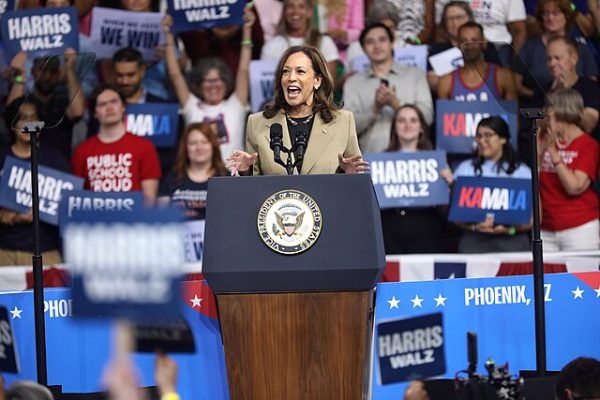
Social justice and civil rights are core to Harris’s campaign. Throughout her career, she’s been a vocal advocate for criminal justice reform, voting rights, and addressing systemic racism. She’s pushing to bridge gaps between communities, appealing to young voters, communities of color, and progressives.
A big chunk of Harris’s critique zeroes in on Trump’s way of talking, which she calls straight-up divisive and dangerous. She points to his heated language around race, immigration, and protests, saying he’s out here stoking fear and stirring up resentment to keep his base fired up. In contrast, Harris tries to frame herself as the unifier, pushing for healing and bringing people together instead of deepening the divides. To her, it’s all about mending fences and cooling down the rhetoric.
As Election Day draws closer, polls show a tight race, with both candidates seeing paths to victory. Trump’s campaign is banking on high turnout in rural and suburban areas, while Harris’s team is focusing on mobilizing voters in urban centers and energizing young voters. The volatility of this electorate, combined with increased early and mail-in voting, makes this election especially unpredictable.
Some analysts are predicting a contested outcome, reminiscent of the uncertainty of 2020. Others are more hopeful, pointing to improved security measures and lessons learned from past elections. Regardless, the mood remains tense, and both campaigns are bracing for anything from a decisive win to recounts and legal challenges.
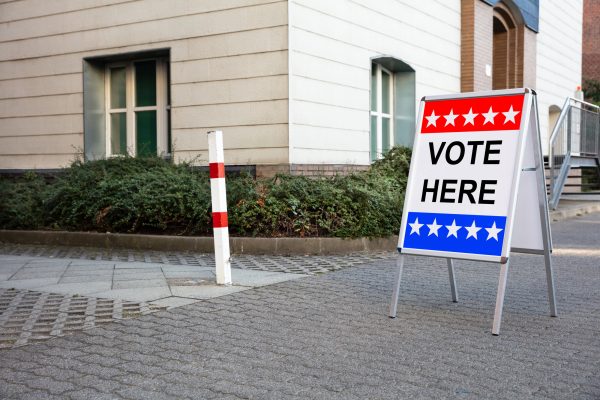
As the nation gears up to vote, this election is clearly about more than just policy disagreements or partisan squabbles. It’s a referendum on the future of American democracy — a choice between two competing visions for the country. On one side is a call to reclaim a lost greatness: on the other, a plea for progress and unity. The stakes are at an all-time high, and the tension in the air is impossible to ignore.
For the average voter, this is more than just choosing a leader — it’s about deciding the values and direction of the country for years to come. In an environment flooded with misinformation and heated political rhetoric, the pressure is intense. Both Trump and Harris are more than just political figures; they symbolize the hopes, fears, and aspirations of millions of Americans who see this election as a defining moment.
In the end, this election isn’t just about who will lead the country — it’s about what kind of country America wants to be. As voters head to the polls, the battle for the soul of the nation reaches its climax, and the country collectively holds its breath, waiting to see which way it turns.
Resources on the election can be found below:
pewresearch.org/politics/2024/09/09/issues-and-the-2024-election
donaldjtrump.com
kamalaharris.com


